Exploration of the moon and Mars will be an enduring legacy to future generations, confirming America's desire to explore, learn, and progress. NASA's Marshall Space Flight Center is playing a vital role in the design and development of the systems that not only will take us there but also help us support life in these unique environments.
The moon is a fundamental stepping stone for more distant human space exploration. Robotic missions will yield important knowledge, making it possible for humans to prepare to live in the moon’s harsh environment and to survive extreme conditions on distant planets. Marshall is managing a series of robotic orbiter and lander missions that will gather information to create an accurate atlas of the moon's features and identify resources needed to establish a lunar outpost. For example, water ice found on the moon could provide a source of oxygen and hydrogen for future inhabitants.
NASA will rely on a fleet of robust, cost-effective launch vehicles, the new Ares rockets, to carry astronauts and cargo to the
moon and eventually beyond. Marshall is responsible for development and overall integration of the Ares I crew launch vehicle and for development of the Ares V cargo launch vehicle, both essential components of NASA’s Constellation Program for exploration. The center will also develop propulsion and life support elements for the
Altair lunar lander, and support the development of lunar surface
life support systems,resource systems, lunar dust management methods, habitats, and structures.
Marshall Space Flight Center also manages exciting science missions that not only dramatically advance understanding of our solar system, but allow NASA to further refine America’s exploration of space beyond low Earth orbit.
Bringing together government, industry, and academic partners, Marshall links science and exploration to open new frontiers for human and robotic exploration and to provide many significant benefits here on Earth.

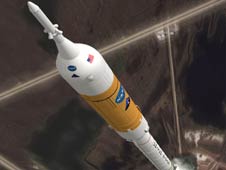
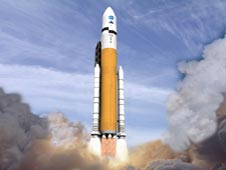


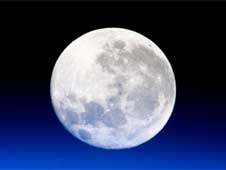
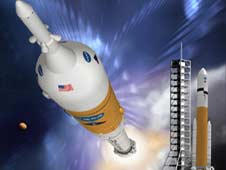
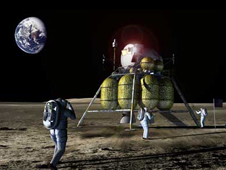 Concept of a future moon landing. Image Credit: NASA/John Frassanito and Associates
Concept of a future moon landing. Image Credit: NASA/John Frassanito and Associates